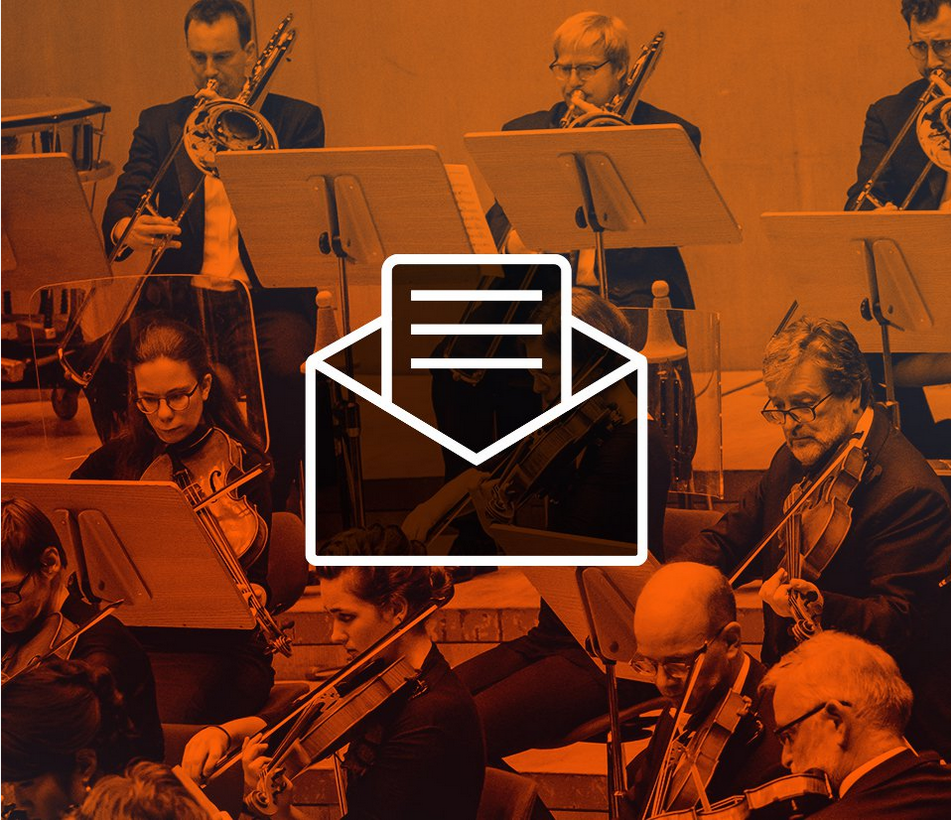Joseph Haydn
Symphony No. 85 in B flat major Hob I:85 »La Reine« (1785)
Concerto for violin and orchestra in C major Hob. VIIa:1 ca. (1765)
Antonín Dvořák
Serenade for string orchestra in E major op. 22 (1875)
- Kammerorchester des Gürzenich-Orchesters
- Natalie Chee Violin and conducting
Finally, Joseph Haydn is able to draw on abundant resources: A commission from Paris not only promises decent renumeration but also top-notch musicians on stage. This boost for Haydn’s creativity is palpable, resulting in symphonies whose stylistic elegance, subtle wit and overboarding richness of ideas are deserving of every single Louis d’or. The master is at the height of his career, a circumstance which indeed entitles him to some measure of mischief in breaking with certain symphonic traditions. One example might be the customary quick start: Why not open a symphony with an Adagio? This makes for a great surprise and lends »La Reine« – the queen – the majestic dignity she deserves.
A concerto for violin and orchestra? Most likely, the evergreens are what comes to mind first, the grand masters of virtuosic violin literature: Beethoven, Brahms, Bruch, Tchaikovsky. But lo and behold, Haydn compels in this field, and he is inventive as usual, virtually entering the grand stage through the back door, and then showing off the sparkle. His violin concerto in C Major is a masterwork that is much too seldom played. Highly challenging for both the soloist and the ensemble, it holds many a subtle surprise and shows brilliant playfulness.
100 years later, the aspiring Bohemian composer Antonín Dvořák finds himself traveling back to Haydn’s time as he composes his Serenade for string orchestra: He generously endows all five movements with the most beautiful melodies. Rather than serenading the evening moonlight, this piece evokes rays of sunshine in a cloudless, fair sky. It’s a reliable musical weather forecast, also predicting the joys of the approaching holiday season. Let’s celebrate!

